2014 Ford Fiesta Vs. Nissan Versa Note

Small cars are making inroads in America. Last year sub-compact car sales increased by nearly four percent and city cars grew by a whopping 52 percent. Automakers are keen to cash in on this burgeoning segment, but not all of them have the same idea as to what best fits the marketplace.
Two manufacturers that have very different takes on sub-compact cars are Ford and Nissan. Having been on sale since 2010, the Fiesta plays in the more premium end of the market with an emphasis on driving dynamics while the 2014 Nissan Versa Note is all about space, comfort and value.
New vs. Refreshed
For 2014 the Fiesta receives a mid-cycle refresh that sees the corporate Ford nose grafted on and a few tweaks made to the rear of the car as well. Two new EcoBoost engines are now available, a 1.0-liter turbocharged three-cylinder in regular models and a 1.6-liter turbocharged four-cylinder in the hot-hatch Fiesta ST. However, the majority of cars will still come with the stalwart 1.6-liter four-cylinder making 123 hp and 112 lb-ft of torque. This engine can be paired to a five-speed manual or six-speed “PowerShift” dual-clutch automatic transmission. Since the Fiesta is positioned as a bit of a driver’s car, we opted for the manual transmission in our Fiesta SE Hatchback for this comparison.
The Nissan Versa Note is all-new this year and replaces the long-in-the-tooth Versa Hatchback. Like the Versa sedan introduced in 2012, the Note hatchback is one of the larger offerings in the sub-compact segment, measuring four inches longer than the Fiesta hatchback. Only one engine is available for the Versa Note, a 1.6-liter four-cylinder producing 109 hp and 107 lb-ft of torque. That is a significant power deficit compared to the Fiesta, but at 2,498 lbs, the Note does have a slight weight advantage.
Manual vs. Automatic
Unlike the Fiesta, the five-speed manual transmission is only available on the base Versa Note S. Having driven a manual Versa Note in the past, we can honestly say Nissan is doing us all a favor here. The manual is one of sloppiest transmissions we have driven in a long time. There is lots of play in the shift lever when engaged in gear and the clutch uptake is vaguer than a fortune teller at a travelling carnival show.
See Also: 2014 Nissan Versa Note Review – Video
All other trims of the little Nissan use an Xtronic continuously variable automatic transmission (CVT). This gearless transmission makes for one efficient runabout and our 2014 Versa Note SV with SL Package is officially rated at 31 mpg in the city and 40 mpg on the highway. That handily beats the manual Fiesta’s ratings of 27 mpg city and 38 highway. However, vehicles with the six-speed PowerShift transmission close the gap with ratings of 29 mpg city and 39 mpg highway while the optional SFE package boosts mpg on-par with the Versa Note at 30 mpg city and 41 mpg highway. If that is still not enough, the previously mentioned 1.0-liter EcoBoost engine cranks things up another notch to diesel-like efficiency of 32 mpg city and 45 mpg highway.
Engaging vs. Smooth
Even with the regular 1.6-liter engine, we would gladly take the minor mpg trade-off for the Fiesta’s powertrain. Whereas the Note needed to be wrung out in certain situations to gain enough speed, the Fiesta always felt like it had more power on tap. Although the five-speed manual could not match the smoothness of the Versa’s CVT, it was surprisingly precise and featured a great clutch that was predictable in its engagement.
Despite having less power, we had a harder time in slippery conditions with the Versa Note. The front wheels seemed more prone to break loose from a stop, forcing the intrusive and loud traction control system to engage. Aside from this one nuance, the Versa Note is quieter inside with less road and engine noise making its way into the cabin.
Rough vs. Smooth
And more than just quiet, the Note is a very smooth ride. Thanks to a large-for-the-class 102.4 inch wheelbase, the Note absorbs bumps and road imperfections with ease. In fact, it could rival a lot of larger compact cars in ride quality. The Fiesta on the other hand offers a choppy, bumpy ride that had more than one passenger expressing their displeasure with the vehicle during our test period. The stiffer ride does have an upside as Ford has dialed in modest amounts of steering feel and the Fiesta’s chassis is quick to respond to a driver’s inputs. In short, the Fiesta is built for drivers while the Versa Note is for passengers.
And inside the Versa Note, passengers have all the room in the world. One look at the cars side-by-side and it’s obvious how much larger the Nissan is. The Versa Note looks like a crossover compared to the Fiesta as the Nissan’s mirrors, roof, headlights and grille all sit a few inches higher than the Ford.
Modern vs. Spacious
This size advantage adds up. With 38 inches of rear headroom and 38.3 inches of rear legroom, the Nissan doesn’t just offer a lot of backseat space for its class, it offers a lot of space period. Compared to the Fiesta, that is over seven more inches of rear legroom and as the numbers suggest, real-world space between the two cars isn’t even close. Adult passengers fit in the Versa’s rear seats easily and unlike the Ford, there is a fold-down arm rest. Trunk space too is a lop-sided affair as the Nissan offers 18.8 cu Ft. behind the rear seats compared to the Ford’s 14.9 cu Ft.
Up front, things swing back in the Fiesta’s favor however. With soft touch materials throughout and a more modern design, the car feels far more upscale than the Note. A nice touch as well is the soft padded arm rests on the front doors; a feature missing in the Versa. With a taller roof line, the Versa offers a higher seating position and taller windows, allowing for better sightlines. Some testers though found the Note’s front seats to be uncomfortable.
Safer vs. Cheaper
And this brings us to price. At a starting price of $14,800 after destination charges, our Versa SV with SL Package came in at $18,500 as tested. For that price the Versa Note offers two options that our Fiesta did not, a back-up camera and push button start, but lacked the Fiesta’s automatic climate control, automatic headlights and sunroof.
SEE ALSO: 2014 Ford Fiesta 1.0L Review – Video
The Fiesta is a bit more expensive, starting at $15,425 after destination charges. Our Fiesta SE ballooned to $20,270 as tested thanks to the addition of options like the SE appearance package, Blue Candy paint, navigation and power moonroof. Extending the pricing gap further, if the Fiesta had come equipped with the automatic transmission like the Versa Note, pricing would have come in at $21,365. Even if the SL Tech Package consisting of navigation and 360 degree camera had been added to the Versa Note, the Fiesta would still be over $2,000 more expensive.
Compare Specs
| Vehicle | 2014 Nissan Versa Note | Advantage | 2014 Ford Fiesta |
|---|---|---|---|
| Engine | 1.6 L Inline-4 | - | 1.6 L Inline-4 |
| Horsepower | 109 hp | Fiesta | 123 hp |
| Max. Torque | 107 lb-ft | Fiesta | 112 lb-ft |
| Fuel Economy | 31 MPG city / 40 MPG hwy | Versa | 27 MPG city / 33 MPG hwy |
| Front Legroom | 41.3” | Fiesta | 42.2” |
| Rear Legroom | 38.3” | Versa | 31.2” |
| Rear Cargo Capacity | 18.8 cu. ft. | Versa | 14.9 cu. ft. |
| Starting Price | $14,800 | Versa | $15,425 |
| As Tested Price | $18,500 | Versa | $20,270 |
In this back and forth battle, the Fiesta does gain a minor upper hand in safety. In NHTSA testing, the Versa Note and Fiesta received identical scores except in the frontal crash category where the Fiesta achieved four stars compared to the Note’s three star rating.
The Verdict
The Fiesta and Versa Note truly are two different takes on the sub-compact segment. The Versa Note is for those who need a jack-of-all-trades sub-compact capable of performing everyday tasks. But the car does lack the refinement and enjoyment on the Ford. The Fiesta is fun little daily commuter, but is a little cramped and pricey. Picking a winner between these two was hard; one of the closest finishes in AutoGuide.com comparison history.
Ultimately, we prefer the Fiesta and pick it as the winner. Nissan may have given the Note an advantage in space, price and comfort, but the Fiesta is a better executed overall package and offers consumers more choice. Built like a baby Ford Focus, the Fiesta feels better than the sum of its parts, which is good enough to squeak out a narrow victory.
2014 Nissan Versa Note SV with SL Package, 2014 Ford Fiesta SE
LOVE IT
- Smooth ride
- Roomy
- Efficient
- Price
- Engine power
- Driving feel
- Sophisticated interior
- Efficient
LEAVE IT
- Outdated interior design
- Lack of power
- Safety rating
- Unpadded arm rests
- Price
- Space
- MyFord Touch
- Bumpy Ride

A 20+ year industry veteran, Mike rejoins the AutoGuide team as the Managing Editor. He started his career at a young age working at dealerships, car rentals, and used car advertisers. He then found his true passion, automotive writing. After contributing to multiple websites for several years, he spent the next six years working at the head office of an automotive OEM, before returning back to the field he loves. He is a member of the Automobile Journalists Association of Canada (AJAC), and Midwest Automotive Media Association (MAMA). He's the recipient of a feature writing of the year award and multiple video of the year awards.
More by Mike Schlee





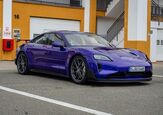
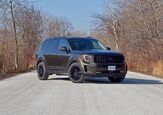









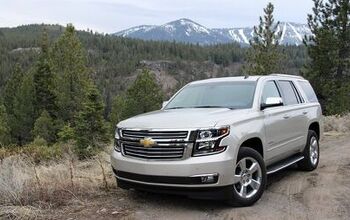
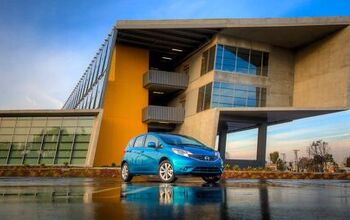
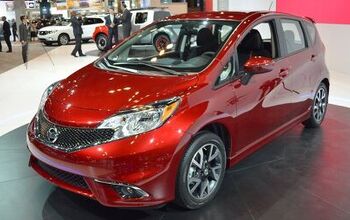
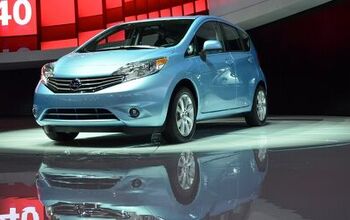


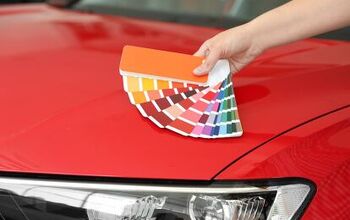
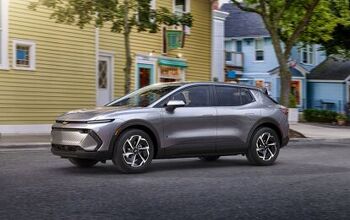

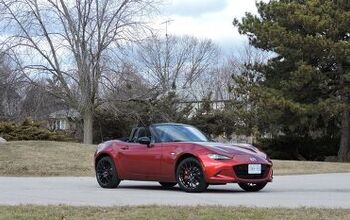

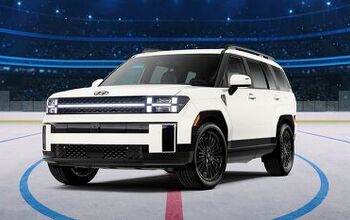
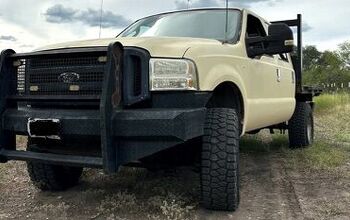
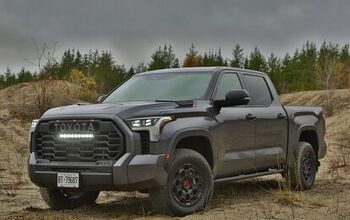
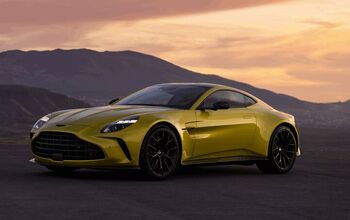
Comments
Join the conversation
I can't even believe we are even trying to compare a versa with a Fiesta. I rented a 2015 versa at Denver airport for a week and I have to say it has to be one of the worst cars I have ever driven. There is a reason why it scored number 16 of 17 and the FIST scored number 2 on best subcompact cars list. Let me explain... CVT is bad enough of a transmission in any car. It may be smooth, but it is darn right dangerous. If a semi or bgi truck is barreling down the road and you need to get out of the way, you stomped the gas and literally have to wait 2 seconds for the transmissions belts to catch after the engine spins up. My wife has a Nissan Juke and it's the same way. CVT alone can get you killed in a fast pace interstate environment. However the Juke has almost double the power the versa has which brings me to my second point. The versa is WAY... underpowered. It only has like 109hp and 107lbs of peak torque. That coupled with a CVT means death on an interstate at 70-75mpg speeds. Let qualify this. We drove up Rocky Mountain National Park and we both weigh no more than 175lbs, two guys and I literally had the car redlined and it could hardly pull 35mph max speed. At times it could hardly even accelerate. The car is death on the interstates. If you need to pass a semi or get out of the way quickly its impossible with this car. Bottom line I would never recommend this car to anyone and can't believe people would actually let alone drive or buy one for their teenagers. This car because of its lack luster power alone is VERY DANGEROUS. Its 0-80 speed is literally like almost 20 seconds. Throw in another passenger or luggage if your probably around 25 seconds. I've said enough...
One more point folks. Nissan Versa was rated 9th place in an article of the most dangerous vehicles ever produced. You have been warned! "The four-door Nissan Versa tied for eighth and ninth place on the list with 96 driver deaths per million registrations for 2005-2008 models. As with the Colorado, the majority of fatalities resulted from single-vehicle crashes (60 per million), which suggests the car is difficult to control when the driver encounters dangerous situations. Read more: http://www.cheatsheet.com/automobiles/the-10-deadliest-vehicles-on-the-road.html/?a=viewall#ixzz3jSFllGB6"